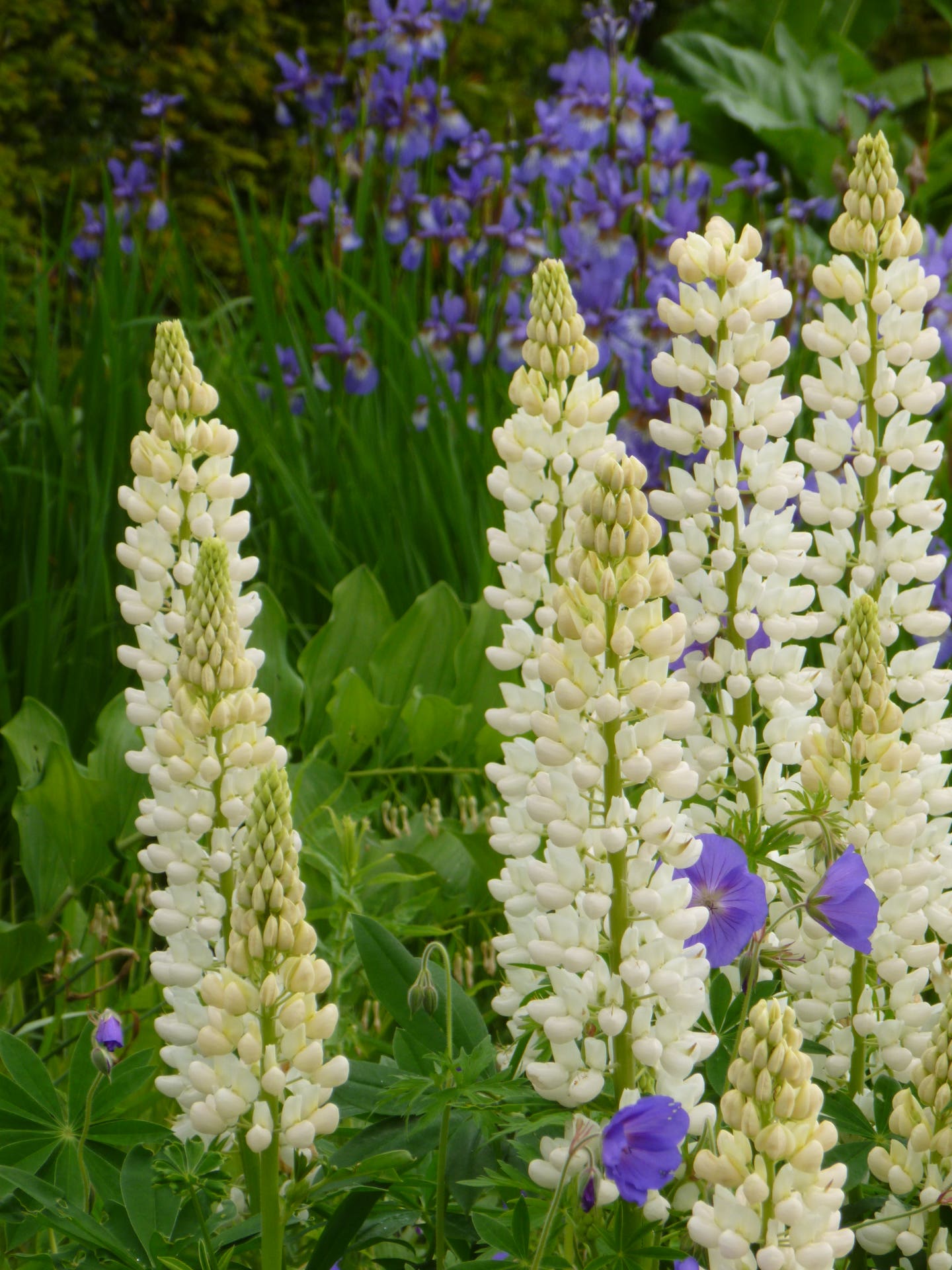The Farm-to-Table Thanksgiving
Tips for hosting a farm-to-table Thanksgiving, using local ingredients from farmers markets.
We’ve all witnessed the growth in farmers markets, but the latest trend is indoor, year-round farmers markets. When I heard this I decided to host my first farm-to-table Thanksgiving. I located a website, LocalHarvest.org, that tells me where the closest market is to me at this time of year. Our Pawling Farmers Market is a summer-only open air market, but I found out there is one two towns away that stays open through Thanksgiving.
Keep It Simple: Start A Tradition
If you’re buying your sweet potatoes, parsnip and orchard fruits at a farmers market or harvesting them from your own garden, you don’t need fancy recipes to bring out their flavor. One chef I talked to said that Thanksgiving is not the time to go crazy with new recipes. Just roast all your vegetables together in a little olive oil and sea salt and you have a very tasty seasonal dish. I like the idea of creating one special dish using fresh ingredients that could become part of our Thanksgiving tradition for years to come.
I recently visited Stone Barns Center for Food and Agriculture, an 80-acre farm down the road from me in Westchester County. They are well known for their restaurant, which gets many of its ingredients from the farm. They pointed me to a collection of recipes that are Thanksgiving favorites of co-owner Dan Barber. This is the one I am going to make for our Thanksgiving: Sweet Potato and Apple Gratin. Perhaps this will become part of my family’s Thanksgiving tradition.
Procuring the Turkey
Find a source for locally raised turkey through word-of-mouth or by researching on the Internet. Then the key is to find out how that turkey was raised. Here are the questions you want to ask: Were the turkeys raised in confinement or outdoors in a pasture? How much time do they spend outdoors? (Some are let outside 10 minutes a day. That’s not enough.) What do they eat, and are they given antibiotics? Growth enhancers? If necessary, speak with the farmer directly.
Leftovers!
Blue Hill’s chef de cuisine, Trevor Kunk, makes tasty leftovers at home: “Turkey sandwiches with pickled red onions, roasted broccoli rabe, goat cheese, chopped capers, cornichons, herbs, lemon, poached breast and roasted thigh on focaccia," he told an interviewer from Williams Sonoma last month. Reading this, I almost want to skip the main meal and go right to the leftovers. (To learn how to pickle, look to future articles from “The Curious Gardener.”)
It’s About More Than Just the Food
I bought beeswax candles from a local farmer at our county’s Sheep & Wool Festival a couple of weeks ago. When I got home I did a little research on the difference between beeswax and paraffin candles, and I'm now a believer that beeswax is the only way to go. Yes, they are more expensive, but beeswax candles burn two to five times longer than paraffin candles and they do not drip! Parrafin wax is a byproduct of petroleum and it is toxic. Ick!
____________________________________________________
Dorian Winslow is the president of Womanswork, and is passionate about making the best products on the market for women who garden and work outdoors.







